Star Trek: The Next Generation Season One
DVD / Paramount / March 2002
Regardless of what you thought of Star Trek: The Next Generation’s rookie season, it can’t be denied that it had a lasting influence on the genre television for years to come. One could even say it revived science fiction on television, paving the way not only for its spinoffs, but for ground breaking series such as Babylon 5 and Farscape, and forgettable flotsum such as Lexx and Starhunter.
Yes, season one of TNG, now available on DVD as a box set, was pretty uneven, but there are a few gems among what is clearly the series’ weakest season.
Encounter At Farpoint: The two-hour premiere hammers us over the head with the message that humans are still savages – a typical Roddenberry story – but it capably introduces the new cast and crew. And, while “humanity on trial” plotline is derivative of the original Star Trek, John de Lance as Q is will prove to be entertaining throughout the show’s even-year run.
The Naked Now: An obvious original Trek ripoff, (The Naked Now), the crew’s enounter with a virus that acts on the brain like alcohol does lead to some character revelations and some funny moments, but it’s an ultimately forgettable episode.
Code of Honor: Probably the first hint of TNG’s true potential as Natasha Yar because the unwitting participant in a fight to the death.
Haven: It was just a matter of time before Majel Barrett-Roddenberry showed up in what would be a recurring role as Counselor Troi’s mother. This episode is a weak attempt at developing the past between Deanna and Will Riker. A few funny moments, but overall forgettable.
Where No One Has Gone Before: High marks for this one; great story and character development, and one of the rare episodes that treats Wesley’s precosiousness properly. An early highlight of the season.
The Last Outpost: We finally get to see the Ferengi, and while the makeup work is outstanding, they’re neither frightening nor foretell the potential of the race as finally shown in Deep Space Nine as great sources of comedy. And there’s that whole “humanity on trial” theme raising its pesky head again.
Lonely Among Us: Farfetched but fun. Data plays Sherlock Holmes for the first time, there’s a mystery to be solved and some cool aliens. Oh yeah, Deanna Troi’s cleavage is particularly cleavy.
Justice: Ouch. A misguided attempt to illustrate how Picard would handle the prime directive. Lots of pretty barely dressed humanoids, but a rather juvenile approach to sex. Palease!
The Battle: The Ferengi are a little more cunning this around, and we get a peak into Picard’s pass. An above average episode and holds up rather well.
Hide and Q: A fun, fast paced episode. John de Lance shines as Q, but it’s painfully clear that Denise Crosby needs acting lessons. And where’s Deanna Troi?
Too Short A Season: A great dramatic episode with action to boot, but an early sign that Yar’s days were numbered. She’s the security officer but doesn’t get any lines in an episode about terrorists taking hostages until almost the final act. Hellooooo?
The Big Goodbye: The first major holodeck story and deserved of its Peabody award, but the whole Wesley saves ship schtick is getting obvious.
Datalore: Proof that Brent Spiner is da man and that Data is more than a Spock clone. A few plot holes don’t overshadow the overall enjoyment of this episode, which begs for a sequel and does eventually get one.
Angel One: The only thing that kept me watching this one was the hope the Romulans would reappear and they don’t. Big blandfest this one.
11001001: Possibly the best ep of the season, and smart use of the holodeck. The beginning of a solid run of episodes.
When The Bough Breaks: A good commentary on how we’re screwing up our environment back on Earth.
Home Soil: Neat story idea, a few thrills, but once again we’re told humans are savages and the guest cast barely phone in their performances.
Coming of Age: Two parallel storylines do a nice job of teaching some life lessons that aren’t unique to Star Trek.
Heart of Glory: We all knew Worf kicks ass and he finally gets to show it. A first step in developing Klingon culture, this episode raises the bar.
Arsenal of Freedom: Yet another example of how Star Trek can entertain and inform at the same time, this time making a solid comment on the arms race.
Symbiosis: This time the commentary’s on drug addiction, and it’s done dramatically and cleverly, except for Yar’s just say no to drugs speech to Wesley. Die already!
Skin of Evil: And so she does. Killing off a regular character always makes for good entertainment, and overall this episode works quite well.
We’ll Always Have Paris: Cool time-travel idea gets muddled by melodrama.
Conspiracy: If humans had been at the heart of the conspiracy, it would have been the best episode of the season. Unfortunately the great setup is ruined by the introduction of aliens and gory ending bordering on hokey.
The Neutral Zone: A lot going on here, but it never really gels. The Romulans come back, and the hint of a bigger threat remains to the end. A shaky end to the season.
You see, there were some gems to be found here and there. As for the extras, they’re almost non-existent. Most of it comprises of recompiled footage from previously-aired specials, and there’s no real insight offered into any aspect of the series.
Episodes: 6/10
Extras: 3/10
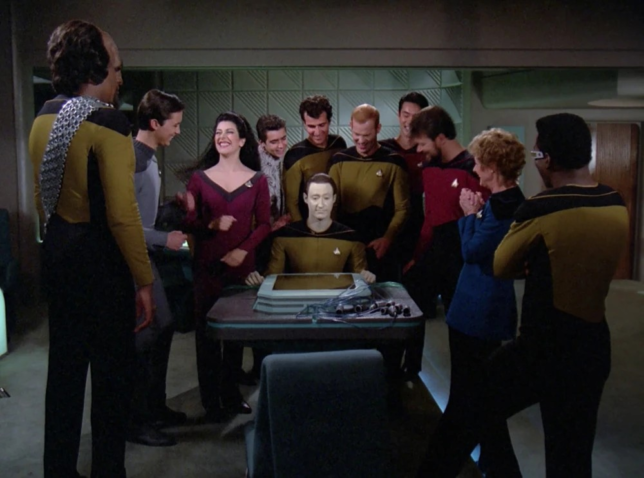
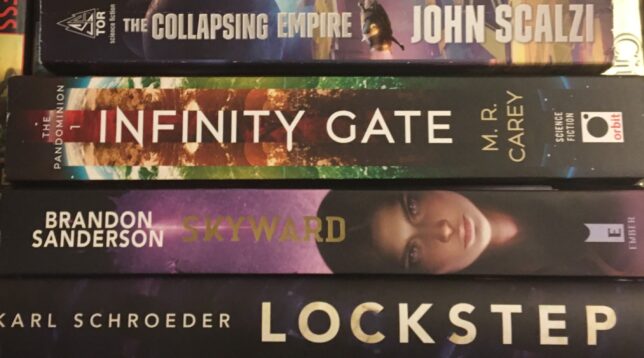
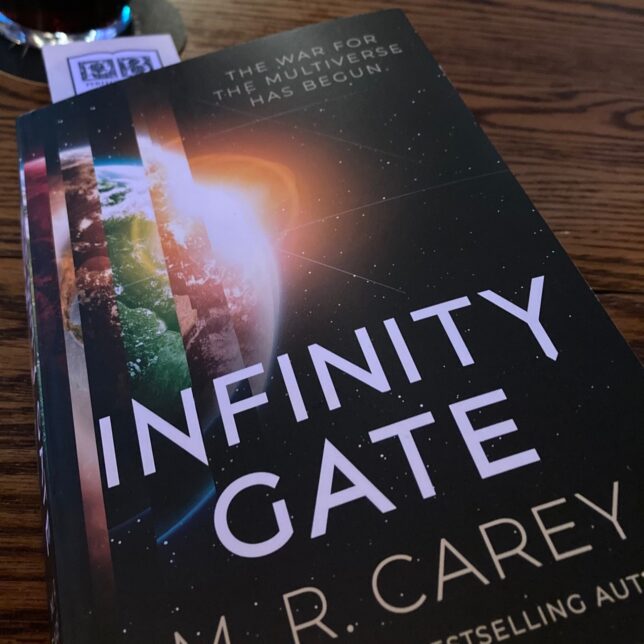
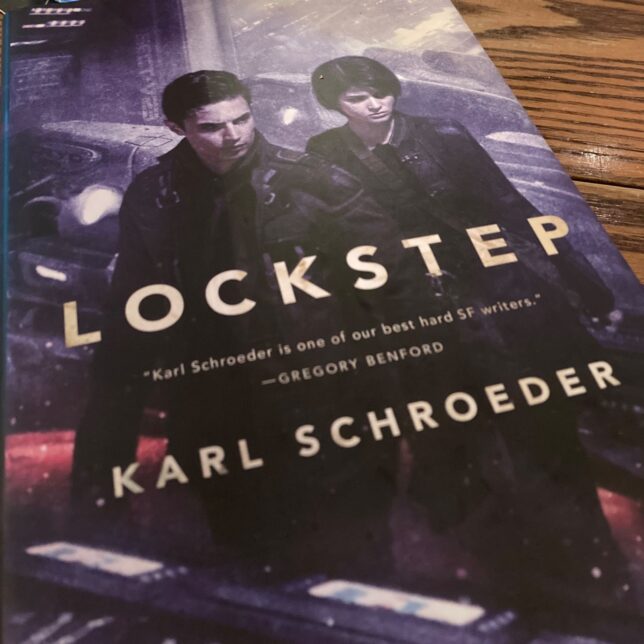
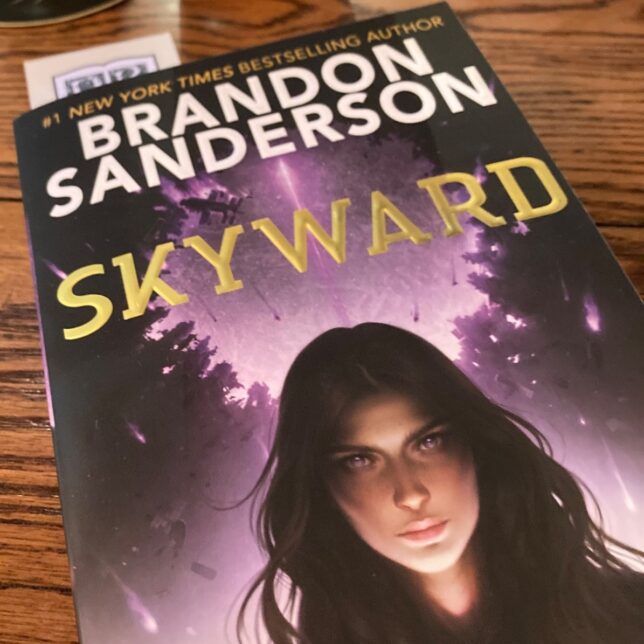

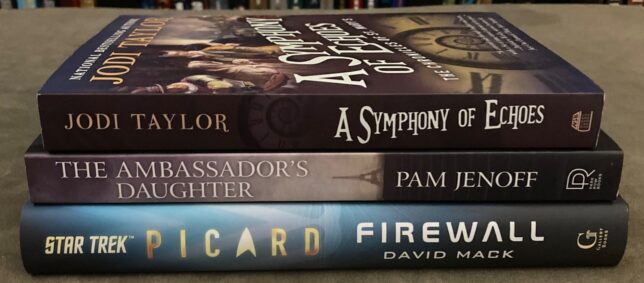
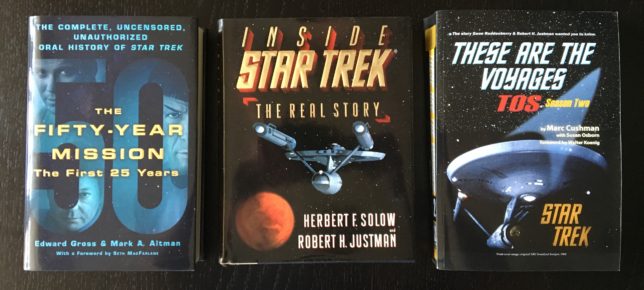
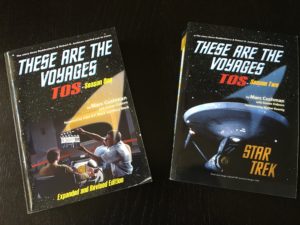
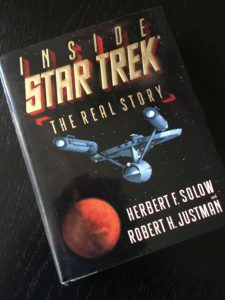
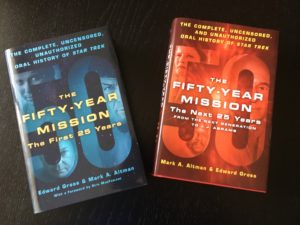
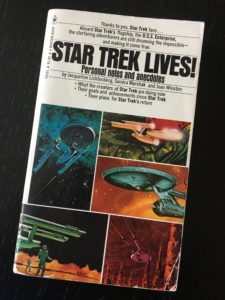
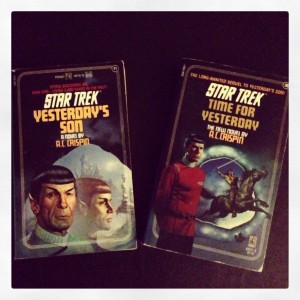
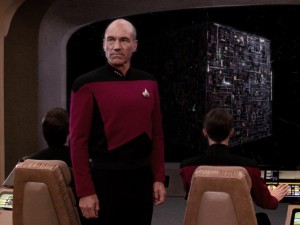


 Since its debut, I’ve always tried to like Star Trek: Voyager. It’s not as if I don’t like the show, but for the most part, I’ve been disappointed in it.
Since its debut, I’ve always tried to like Star Trek: Voyager. It’s not as if I don’t like the show, but for the most part, I’ve been disappointed in it.